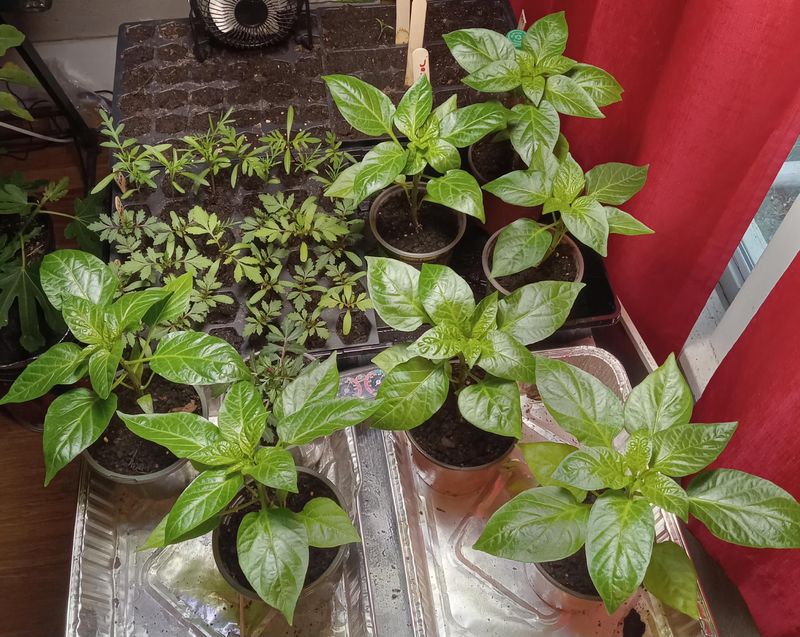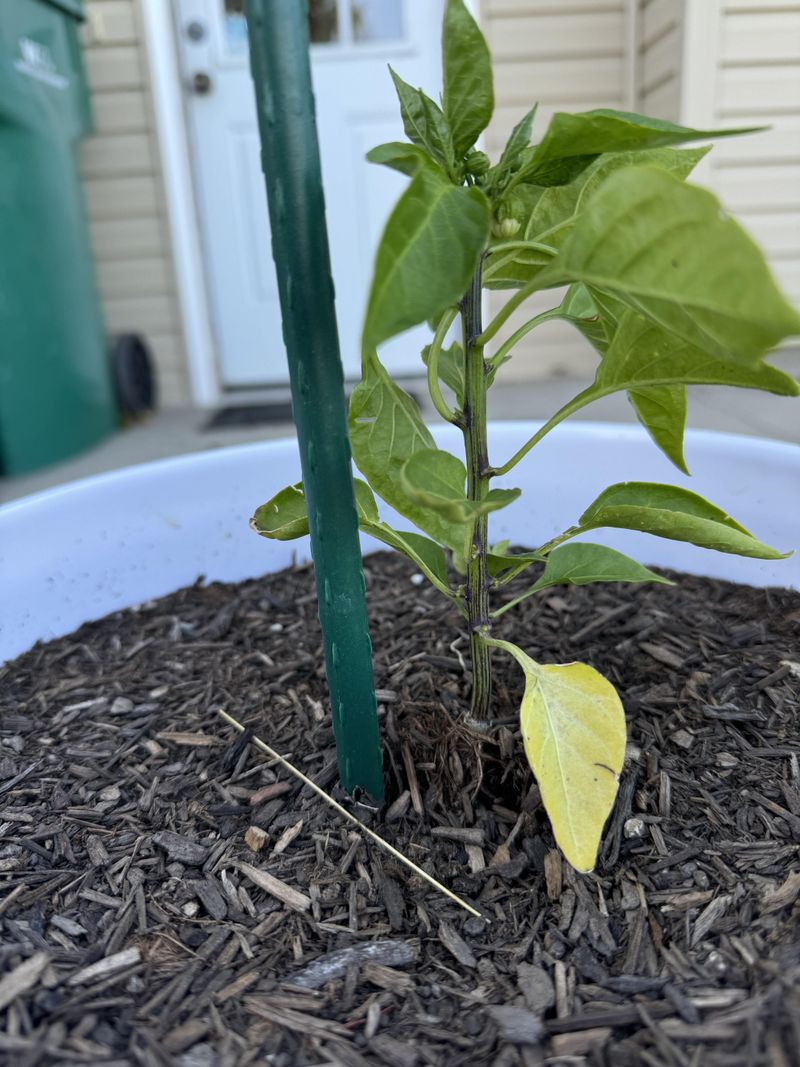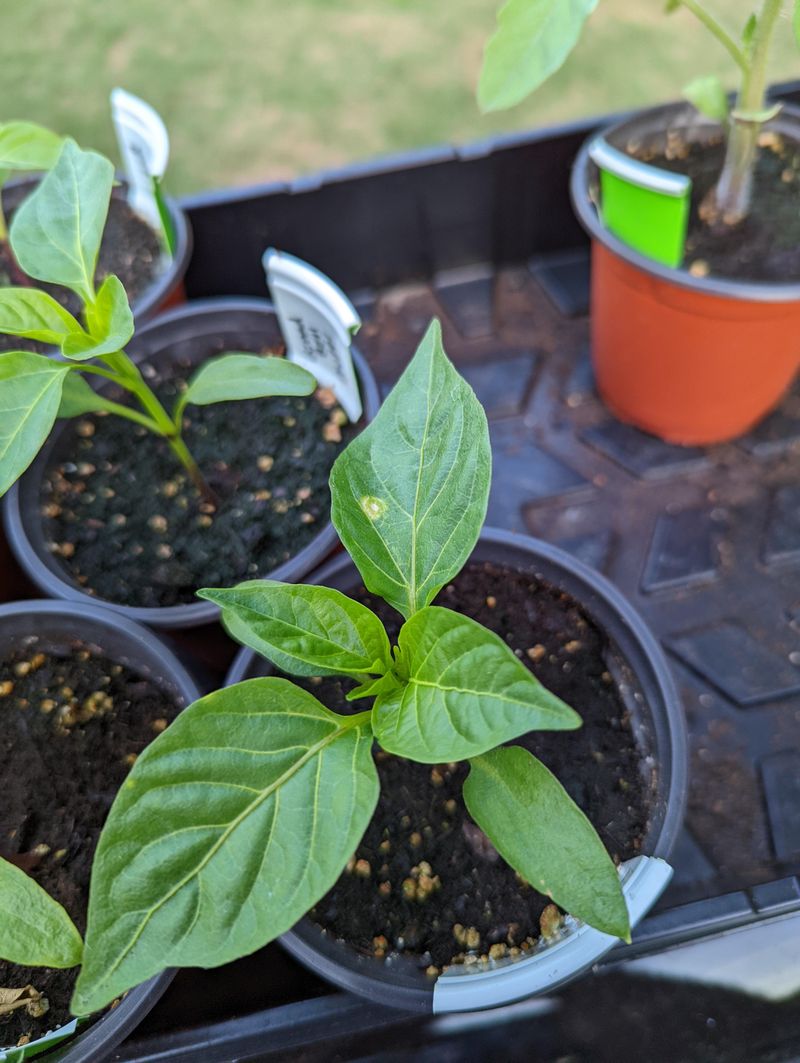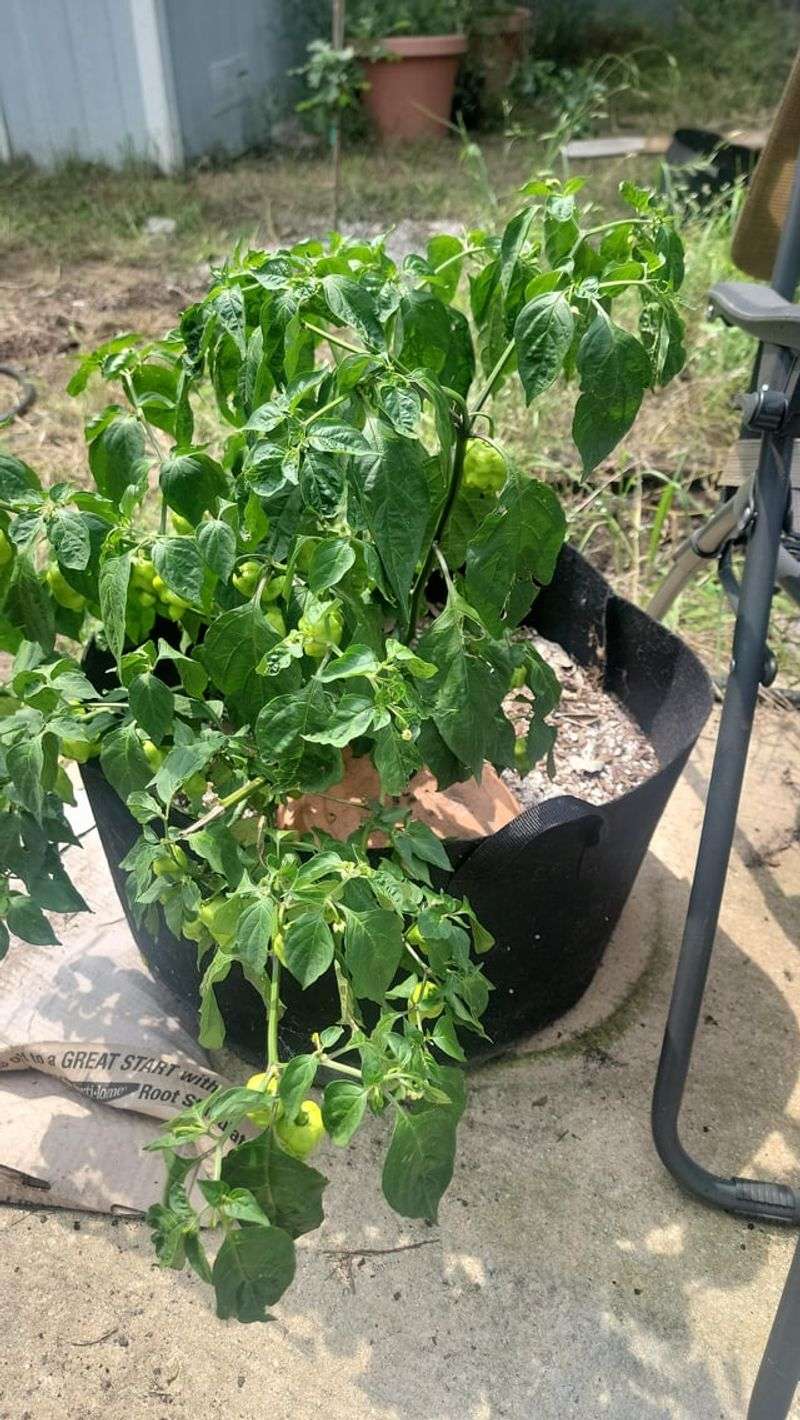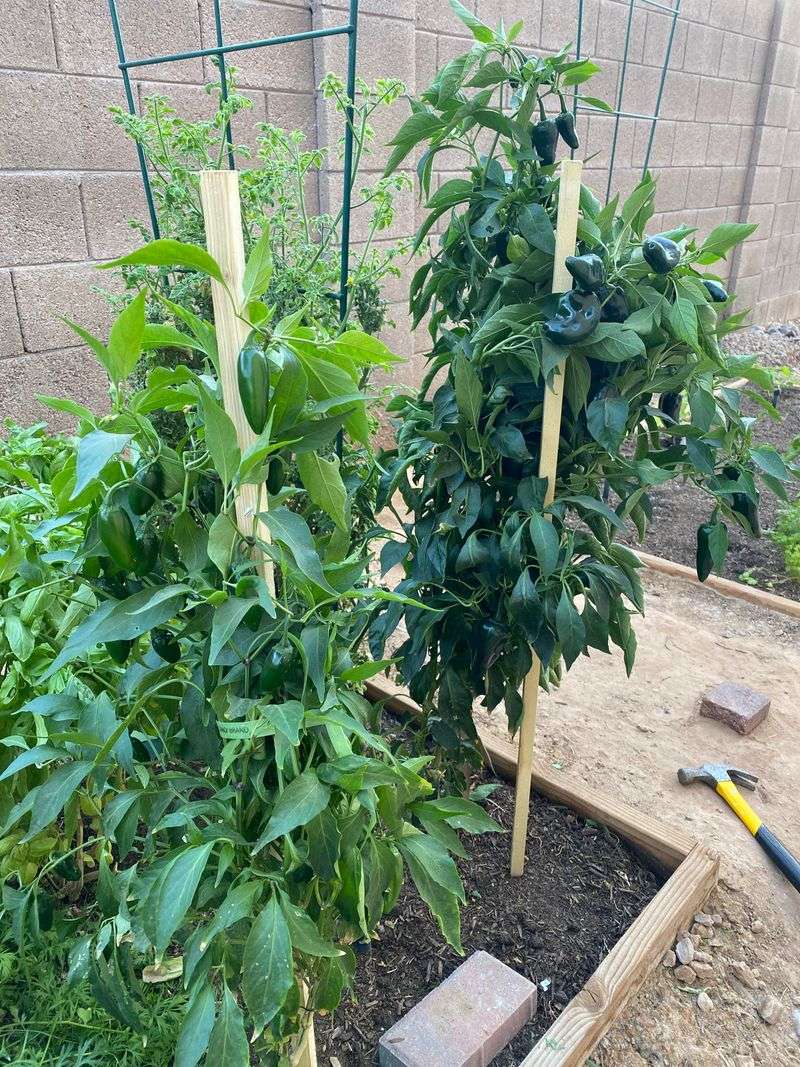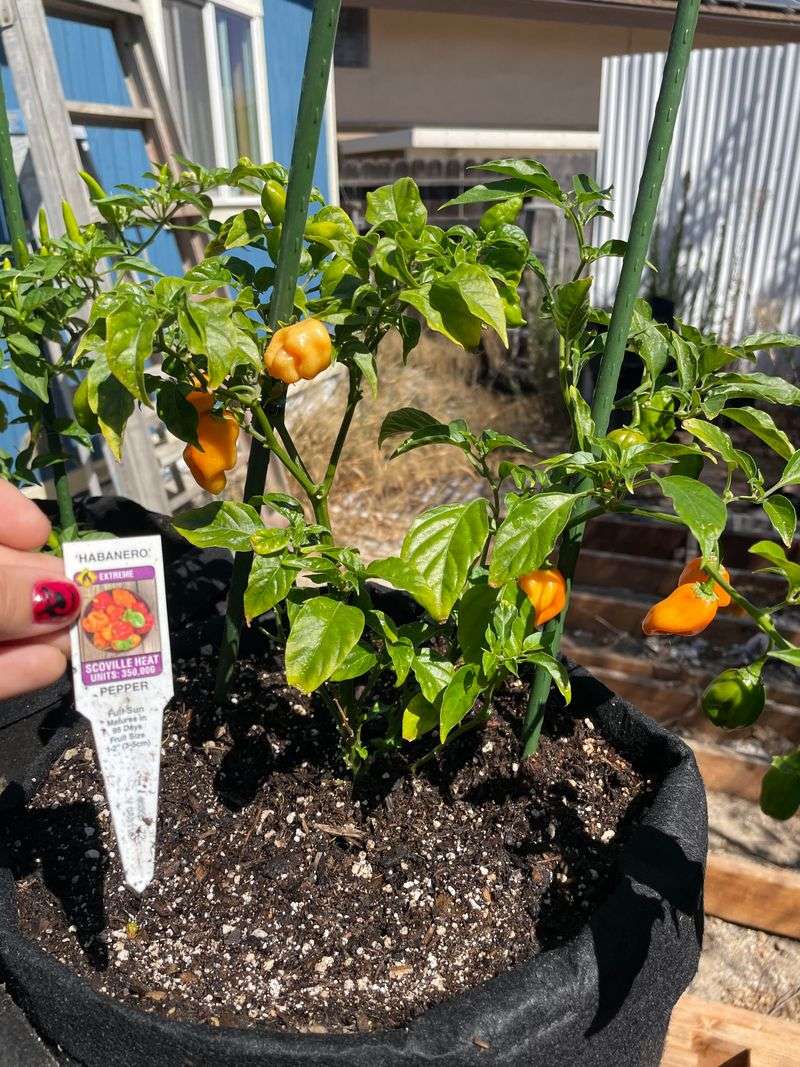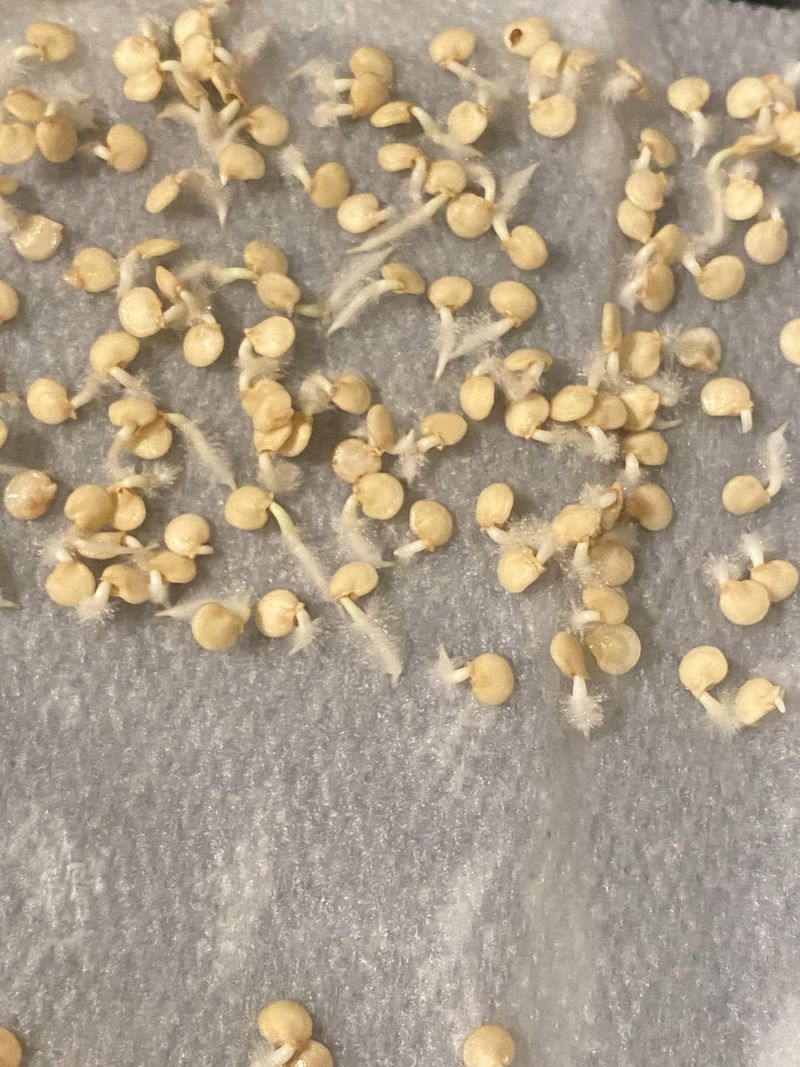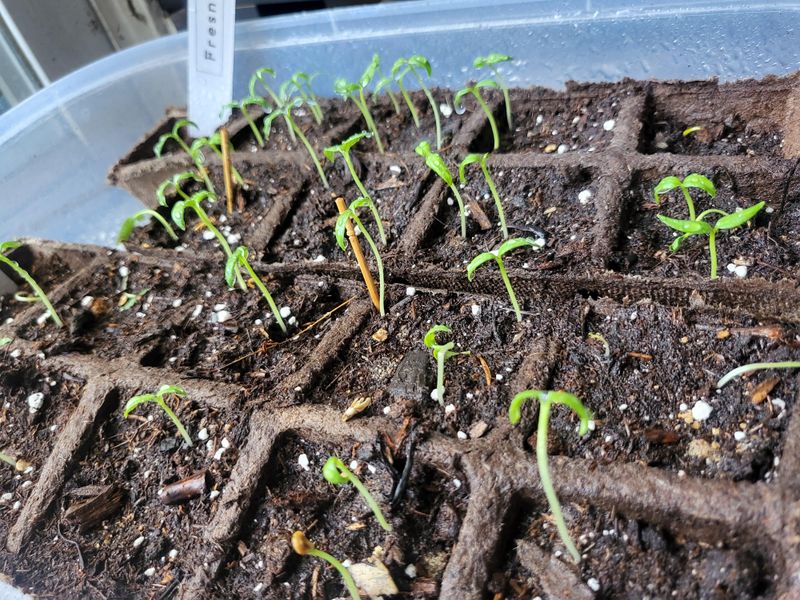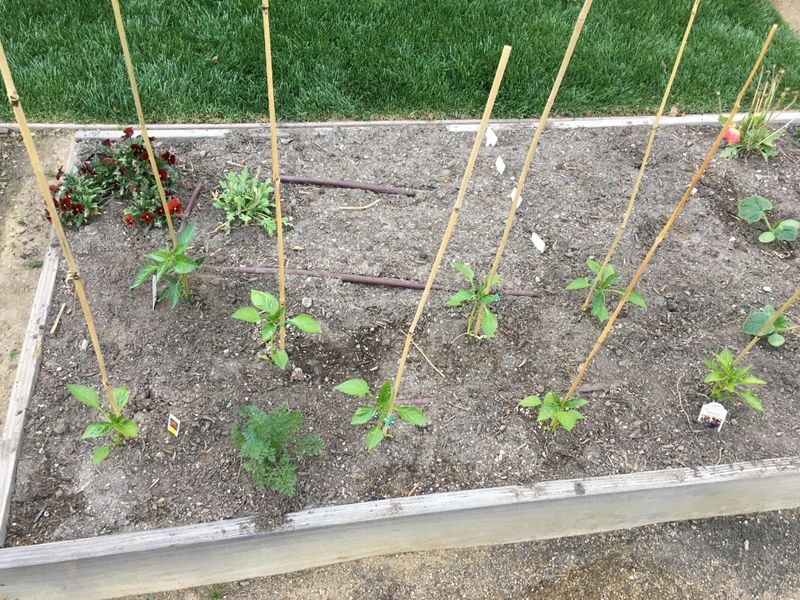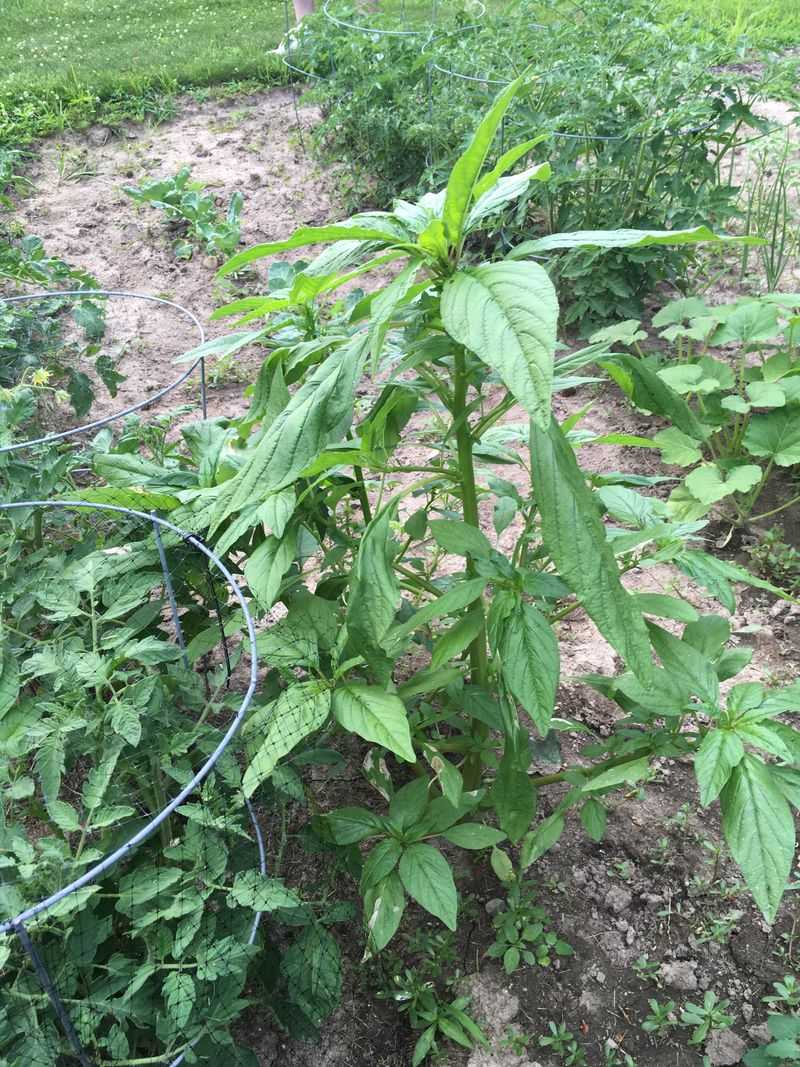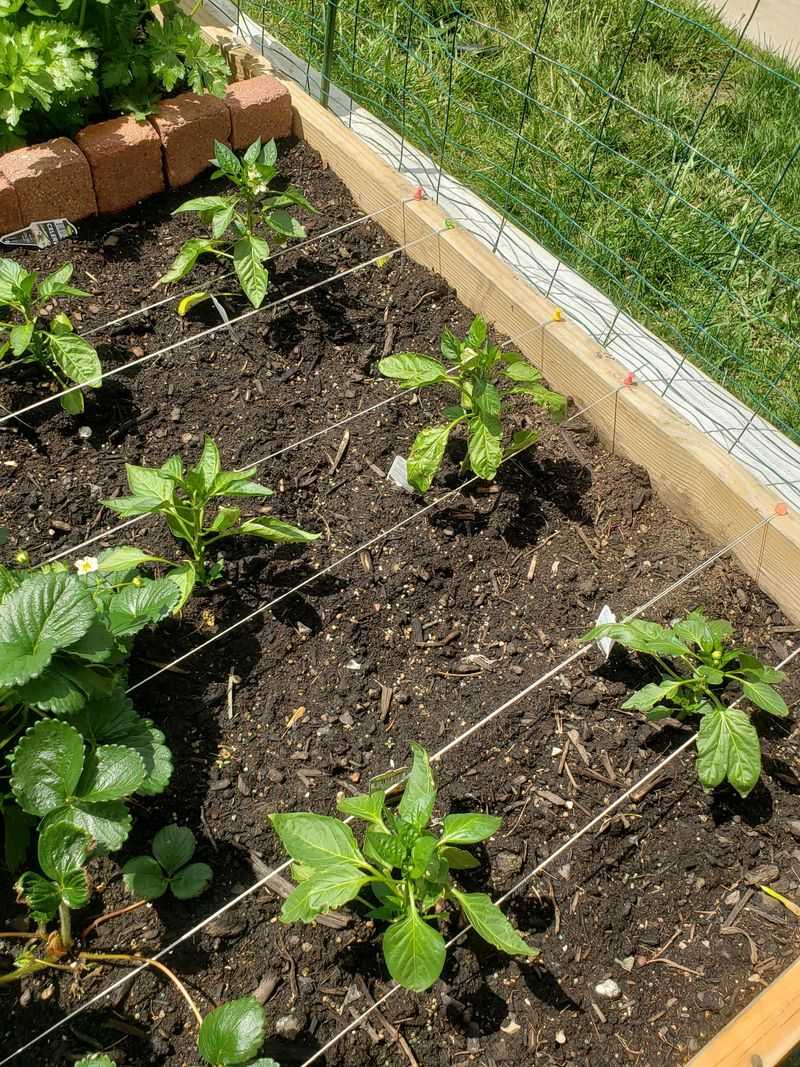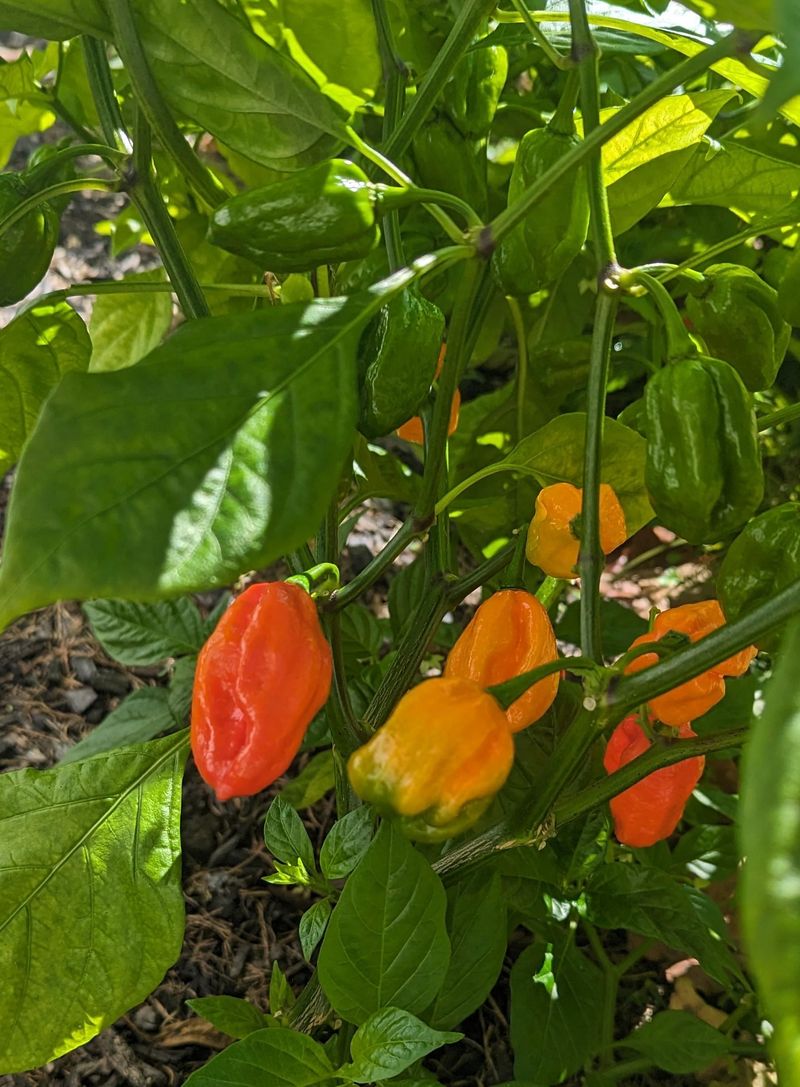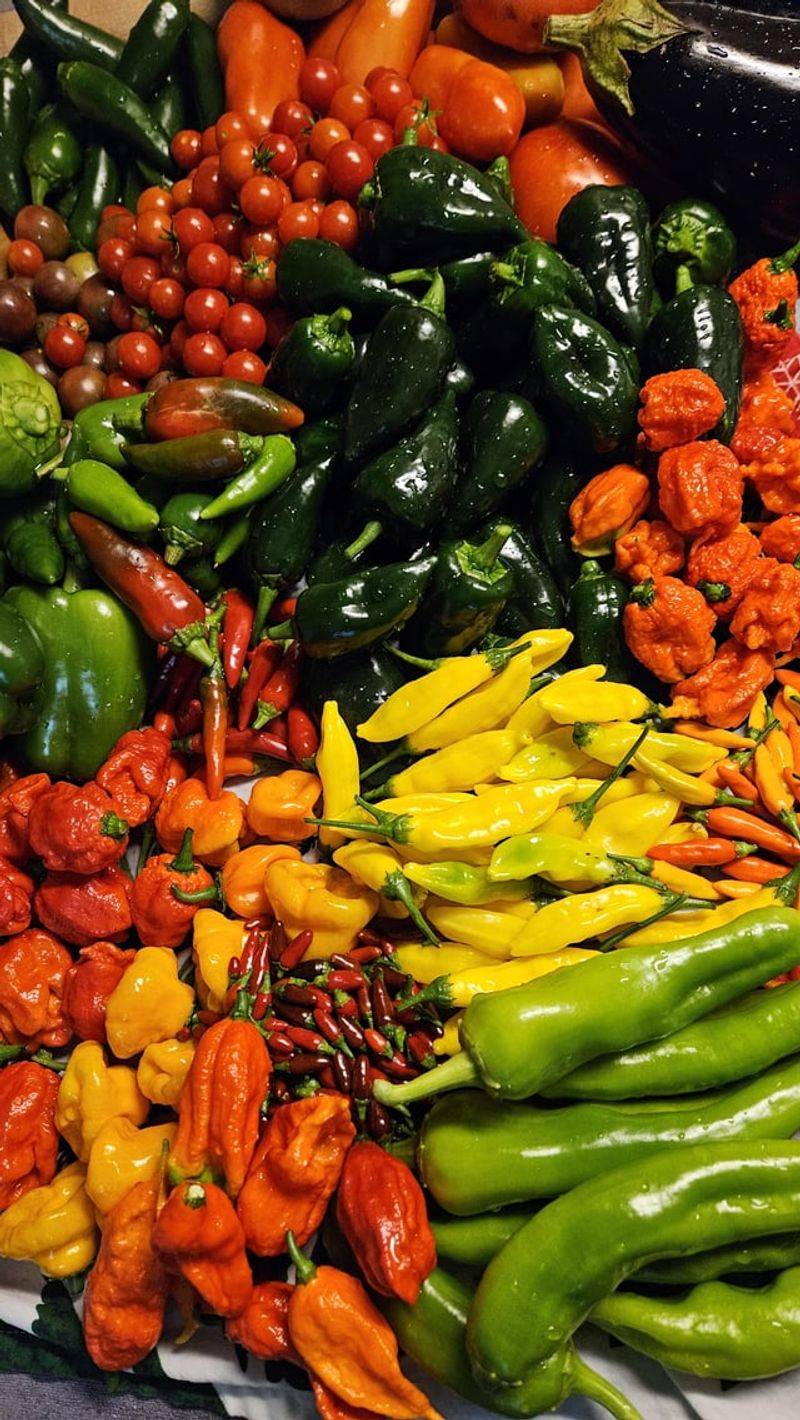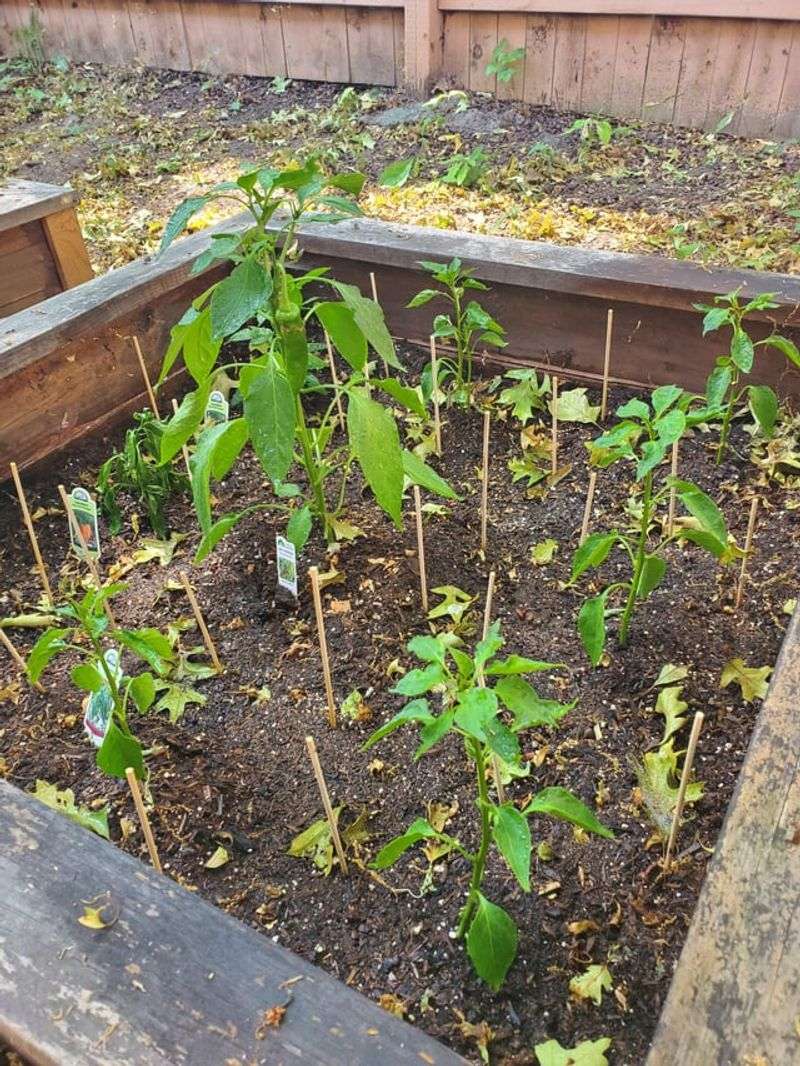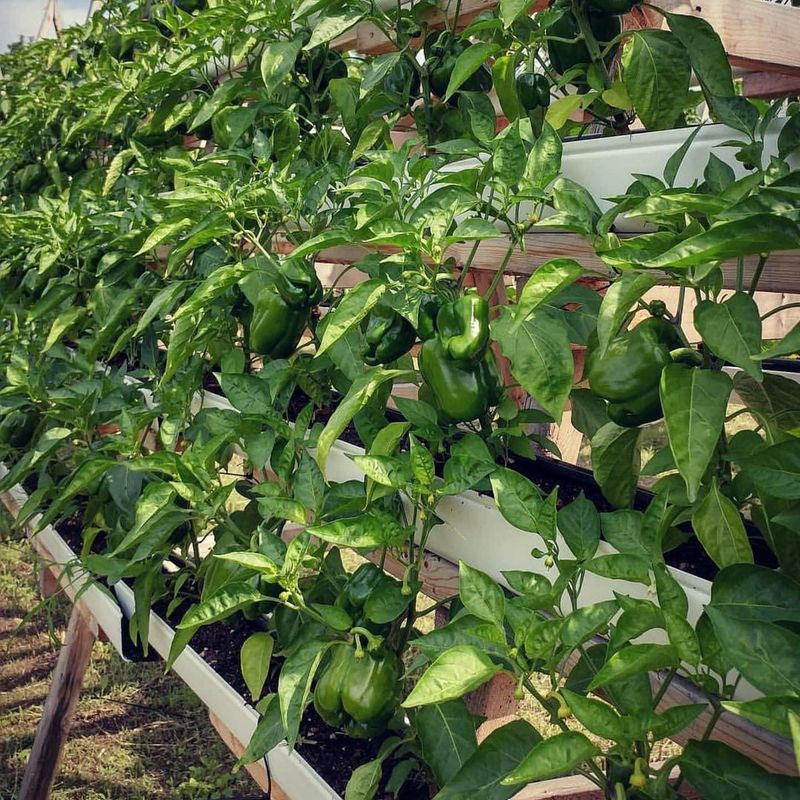Ready to take your pepper game to the next level? These 20 growing hacks will help you get the most out of your harvest, ensuring your peppers are bigger, bolder, and tastier than ever.
Whether you’re a seasoned gardener or a first-timer, these tricks are easy to follow and packed with helpful tips to boost your crop.
From soil secrets to watering tips, I’ve got everything you need to make this season’s harvest the best one yet. Let’s get growing and spice up your garden!
1. Soil Nutrition Boost
The secret to lush peppers often lies beneath the surface. Rich, well-drained soil is like a five-star buffet for your plants. But not all dirt is created equal. By enhancing your soil with organic matter, like compost or well-rotted manure, you’re feeding your peppers essential nutrients.
Don’t skimp on the compost. The addition of organic matter can transform a mediocre harvest into a thriving one, with peppers that are juicy and more flavorful. Remember, healthy soil equals healthy plants.
2. Companion Planting Strategy
Ever thought that a garden could have best friends too? Companion planting is where the magic happens, where plants like marigolds and basil share garden space with peppers, offering mutual benefits. These plant pals can deter pests, attract beneficial insects, and even enhance growth.
This communal living arrangement not only saves space but also boosts the pepper’s health and yield. Marigolds, for instance, provide a splash of color and keep nematodes at bay. Basil adds flavor to your culinary endeavors while repelling pests.
3. Mulching Mastery
Mulching might seem mundane, but it’s a game-changer for any pepper enthusiast. A layer of mulch serves as a protective blanket, preserving soil moisture, suppressing weeds, and keeping roots cool. When you’re battling summer heat, this is your best ally.
Opt for organic mulches like straw or wood chips. These materials eventually break down, adding nutrients back into the soil. It’s like a self-sustaining system that reduces your workload while enhancing plant growth. Plus, your garden gets an aesthetic boost, looking neat and well-tended.
4. Watering Wisdom
Watering your peppers is more art than science. Overwatering can drown their roots, while underwatering may leave them parched. The key is striking the right balance. Early mornings or late afternoons are perfect for watering, allowing soil to absorb moisture without evaporation stealing it away.
Deep watering encourages roots to grow deeper, accessing more nutrients. Remember, consistency is crucial. A sudden deluge after a dry spell can shock your plants, affecting fruit development.
5. Pruning Practices
Pruning isn’t just for roses and hedges; it’s a vital part of pepper cultivation. By removing excess leaves and small branches, you allow more sunlight to reach the plant’s core, improving air circulation and preventing disease. This focused growth encourages larger, healthier peppers.
Pruning should be done thoughtfully, starting with any dead or damaged leaves. Keep it light and regular to maintain plant shape and health. The result? A tidy plant that directs energy to fruit production.
6. Pest Patrol
Nature provides its own pest control if you let it. Instead of resorting to harsh chemicals, invite beneficial insects like ladybugs and lacewings into your garden. They feast on aphids and other pests that threaten your peppers.
Creating a welcoming environment for these insects is as easy as planting nectar-rich flowers. This not only adds beauty to your garden but also ensures a natural balance that protects your plants.
7. Temperature Control
Peppers like it warm, but not too hot. When temperatures soar, it can stress the plants, affecting fruit quality. Providing shade during peak heat hours is a smart solution. Shade cloth or row covers can help maintain an optimal temperature, ensuring peppers grow without wilting under the sun’s glare.
This simple addition can make the difference between a good and a great harvest. It’s about creating a balance, allowing enough sunlight for growth while protecting from extreme conditions.
8. Supporting Structures
Sometimes even the strongest plants need a little support. As peppers grow, their branches can become heavy with fruit, leading to potential breakage. Using stakes or cages gives them the reinforcement they need to stay upright and healthy.
Bamboo stakes or tomato cages are great options. They are easy to install and offer the needed stability for plants laden with peppers. Providing such support encourages better growth and prevents damage, ultimately leading to a more productive harvest.
9. Fertilization Finesse
In the quest for the perfect pepper, fertilizer is your secret weapon. But it’s about choosing the right type and applying it at the right time. Organic fertilizers, like fish emulsion or seaweed extract, provide a balanced nutrient boost without harming the soil.
Apply them during the growing season for the best results. Regular feeding ensures your plants have all they need to produce juicy, vibrant fruits. Avoid over-fertilizing, which can lead to excess foliage at the cost of fruit development.
10. Seed Selection Savvy
Picking the right seeds is like choosing the right paint for a masterpiece. Different pepper varieties have unique growing requirements and flavors. By selecting seeds that suit your climate and taste preferences, you set the stage for a successful harvest.
Consider heirloom or hybrid varieties, depending on your goals. Heirlooms offer rich flavors, while hybrids often provide disease resistance. Experiment with different types to discover what works best in your garden.
11. Transplant Timing
Timing is everything when moving young plants from pots to garden beds. Transplanting too early can expose them to cold, while waiting too long can stunt growth. Aim for a mild day after the last frost, when the soil is warm and welcoming.
This careful timing ensures the seedlings adapt quickly, setting roots and thriving in their new environment. Handle them gently, minimizing root disturbance for the best results.
12. Spacing Savvy
Give your peppers the room to breathe and they’ll reward you generously. Proper spacing allows for air circulation, disease prevention, and easy access for maintenance. Crowding them together can lead to competition for resources and increased vulnerability to pests.
A general rule of thumb is to allow at least 18 inches between each plant. This ensures each pepper plant has enough room to spread its roots and capture sunlight.
13. Weed Management
Weeds are the uninvited guests in your garden party. They compete with peppers for nutrients, water, and sunlight. Regular weeding keeps these intruders at bay, ensuring your peppers have what they need to grow strong.
Hand-pulling is a gentle method that avoids disturbing pepper roots. Stay vigilant, removing weeds as they appear, and your garden will remain a pepper paradise.
14. Sunlight Synchronization
Peppers are sun-seekers, thriving best with plenty of light. Ensuring they receive at least six hours of sunlight daily is crucial to their growth. Positioning your garden to maximize exposure will make a noticeable difference in the health and yield of your peppers.
Morning sun is particularly beneficial, helping to dry any dew and reduce disease risk. If natural light is limited, consider supplemental lighting to give your plants a boost.
15. Garden Journaling
Keeping a garden journal might seem old-fashioned, but it’s a valuable tool for any serious gardener. By documenting planting dates, weather conditions, and harvest yields, you gain insights into what works and what doesn’t.
This record-keeping helps you make informed decisions, adapt to changes, and enhance future harvests. It’s like having a personalized guide to your garden’s unique rhythm and needs. Over time, this practice can lead to more successful and satisfying gardening experiences.
16. Wind Protection
While fresh air is invigorating, strong winds can damage delicate pepper plants. Constructing a windbreak with fences or hedges shields them from harsh gusts, providing a more stable environment for growth.
These barriers also help retain moisture and reduce soil erosion, benefiting your garden overall. Thoughtful planning and placement make a big difference, ensuring your peppers stand tall and healthy throughout the growing season.
17. Harvest Timing
Knowing when to harvest is an art. Pick peppers when they reach the desired size and color, usually after a firm squeeze confirms ripeness. Waiting too long can affect flavor, while harvesting too early might mean missing peak taste.
Monitor your plants and get to know the subtle cues they give. A well-timed harvest ensures the best flavor and allows the plant to focus energy on remaining fruits.
18. Disease Defense
Prevention is the best medicine when it comes to garden diseases. Rotating crops and maintaining clean garden practices minimize the risk of common pepper ailments.
Remove any infected plants promptly to stop the spread. Regular monitoring and early intervention can save your harvest from potential devastation. Knowledge is power, and understanding common diseases helps you act swiftly and effectively.
19. Organic Solutions
Going organic doesn’t mean compromising on effectiveness. Natural pest solutions like neem oil or garlic spray protect your peppers without harming beneficial insects.
These eco-friendly alternatives reduce chemical runoff and promote a healthy garden ecosystem. Embrace organic practices for a sustainable and rewarding gardening experience.
20. Vertical Growing
Limited space doesn’t mean limited potential. Vertical gardens allow peppers to thrive in small areas by growing upwards rather than outwards.
This innovative approach maximizes space and improves air circulation, leading to healthier plants. Perfect for urban gardeners, it brings the joy of planting to balconies and small yards.



